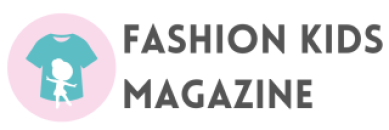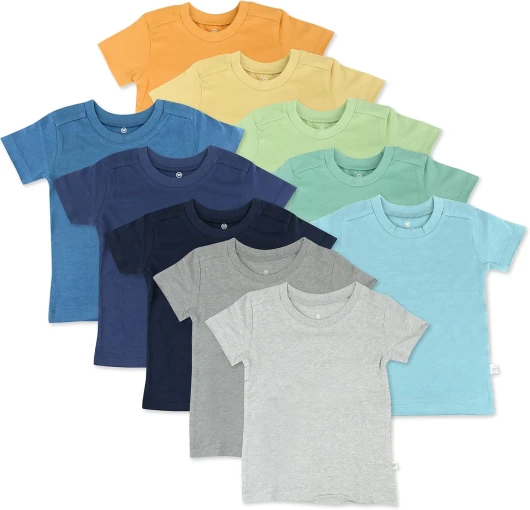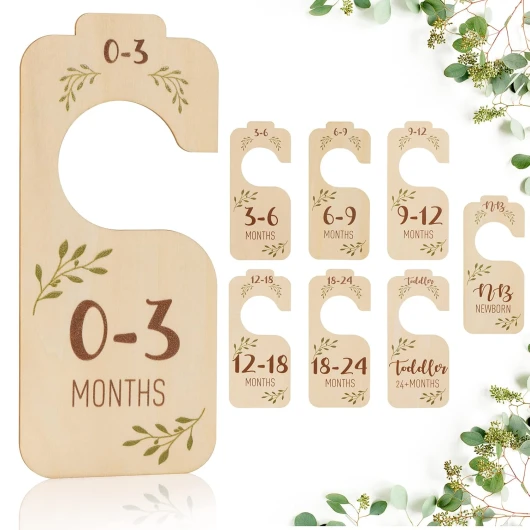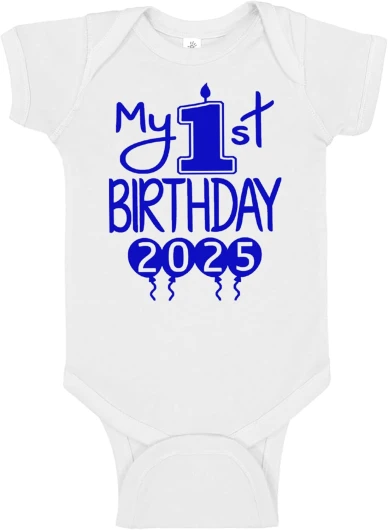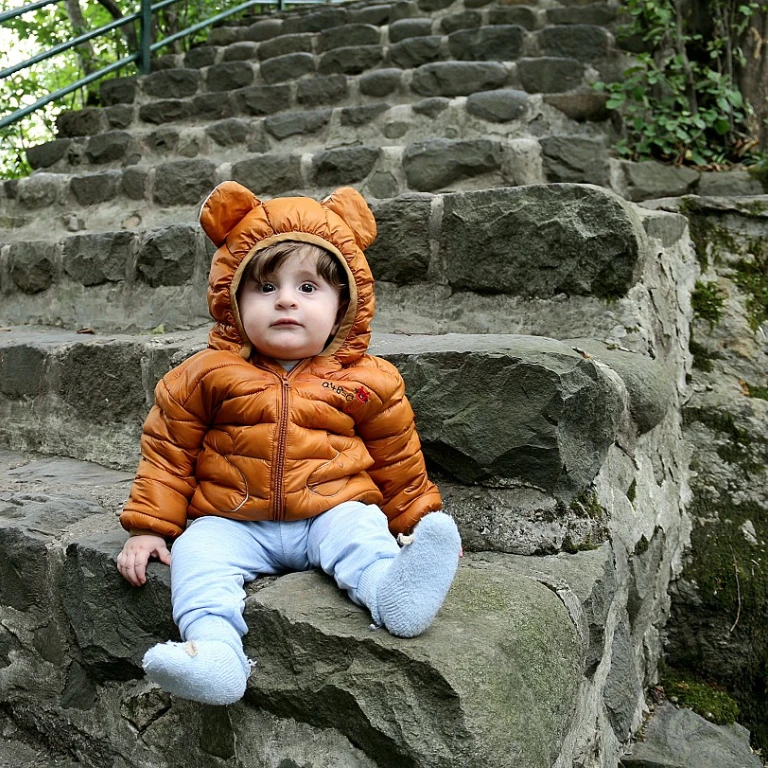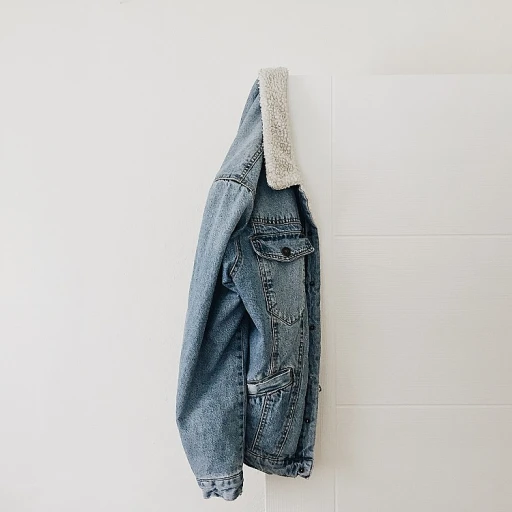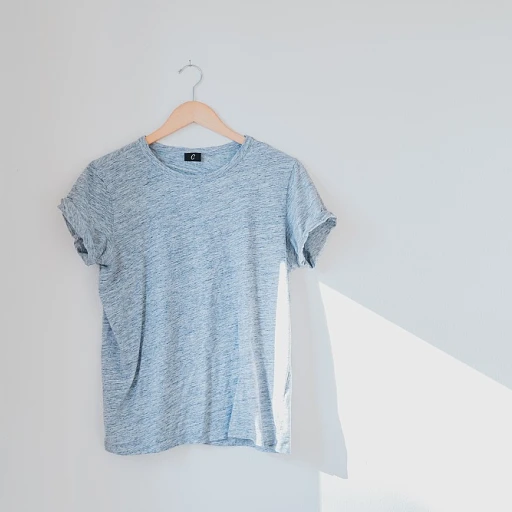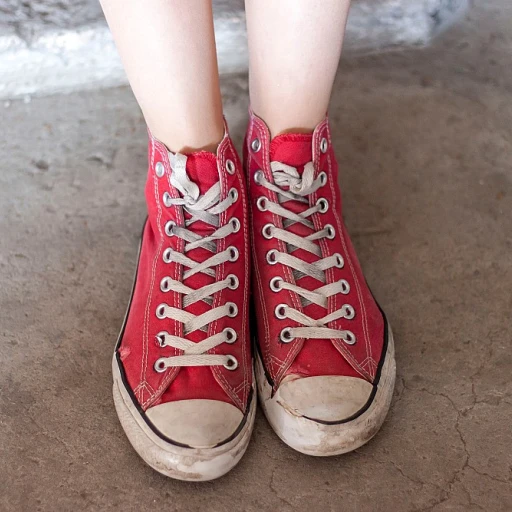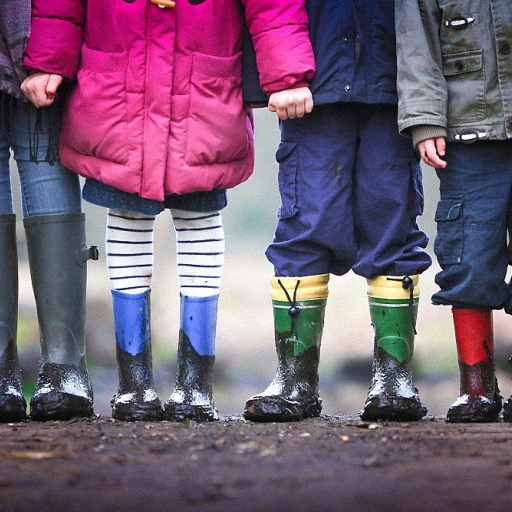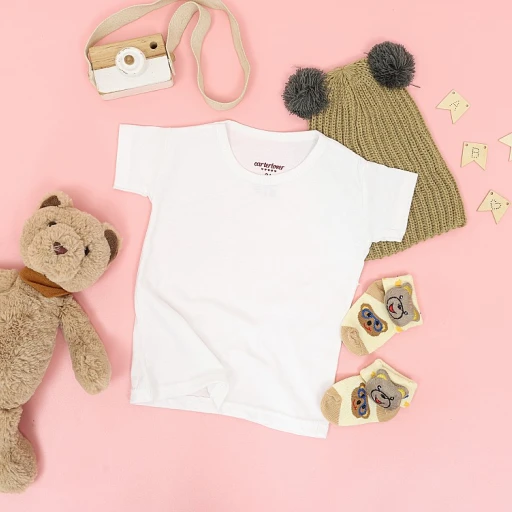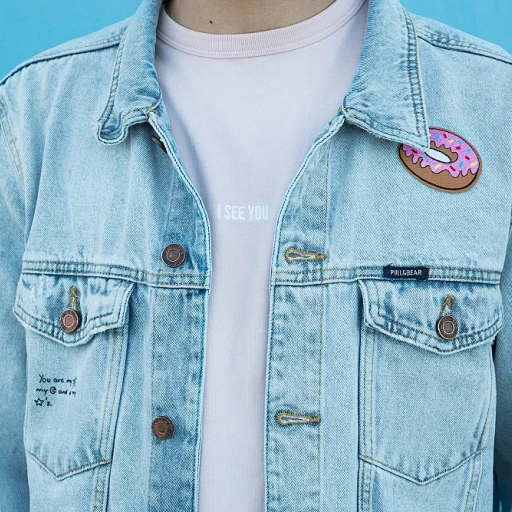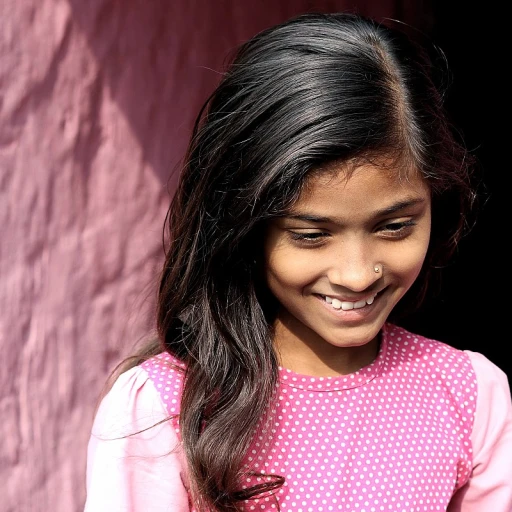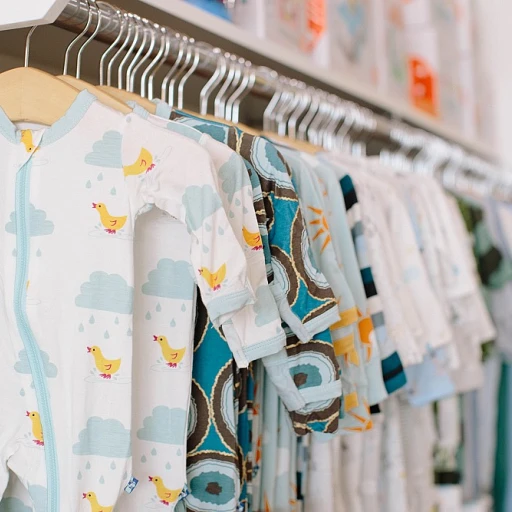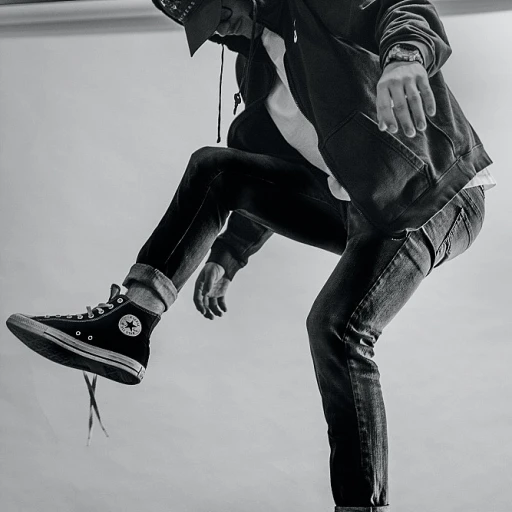
What does size 100 in baby clothes mean?
Demystifying size 100 in baby clothes
Understanding baby clothing sizes can be a headache for parents, especially when you come across terms like size 100. So, what does this enigmatic size really mean? Simply put, baby clothes typically use height in centimeters to denote sizes. A size 100 roughly correlates with a child who is 100 cm tall. For those more comfortable with imperial measurements, that's about 39.4 inches tall. To provide more context, size 100 usually fits children aged between 3 to 4 years, though this can vary depending on the child's growth rate. To put it into perspective, some children who weigh around 31 to 39 lbs might fit perfectly into size 100 clothes. Understanding the connection between age, height, and weight can help you pinpoint the best fit for your child. For reference, a Hanna Andersson size chart places size 100 for kids between 37-42 inches in height and 30-36 lbs in weight. However, always check specific brand size charts, as sizing can vary. In case you're considering international baby clothing, size 100 in Europe (EU) is compatible with 3-4 years old, similar to the US size 4T. Having a clear size conversion chart at your fingertips can save you from sizing mishaps. One reliable resource is our detergent for baby clothes article, ensuring both comfort and correct sizing. As a parent, knowing that size 100 translates to your child's measurements helps avoid unnecessary returns and ensures your little one is snug and comfortable. It’s your ticket to a stress-free shopping experience.How to measure your child for size 100 clothes
Measuring your child for size 100 clothes
Choosing the right fit for your baby's clothes can be quite a task. What's crucial here is getting accurate measurements. Size 100 in baby clothes typically fits children around 3-4 years old, but there's more to it than just age. Height and weight play key roles too.
You should start by measuring your child's height and chest circumference. For height, have your child stand straight against a wall and mark the highest point on their head. Then measure from the floor to the mark in inches or cm. This nifty measurement will guide you to pick the perfect size 100 that fits well. According to experts, size 100 clothes fit children typically 39-41 inches tall or around 100 cm.
Next is the chest circumference. Wrap a flexible tape measure around the fullest part of your child's chest, ensuring it's level and snug but not tight. This lets you double-check that the garments aren't too tight or loose in the torso area. If your kid is around 30 lbs, this will sit perfectly in the size 100 range.
It's also invaluable to compare these measurements against a size chart. Many brands offer impressive size charts that outline height, weight, and corresponding sizes. Hanna Andersson is a popular brand with detailed charts for accurate sizing, ensuring customer satisfaction with every purchase. For an international size conversion, brands offer guides to convert American sizes to EU, UK, and Japan sizes.
For more guidance on baby clothing related to ages and measurements, explore the thriving trends and must-haves in 0-3 months baby girl clothes.
Understanding size 100 conversion charts
Conversion charts can be lifelines, especially for international purchases. Since a US size 100 might have different equivalents across EU, UK, Japan, and Australia, these charts are invaluable. For instance, US size 100 corresponds with EU size 98-104 and Japan size 100-105, so you can grab suitable clothing irrespective of the geographical location.
Consulting a trusted guide or chart before shopping is essential. Hanna Andersson’s conversion charts are reliable, helping parents navigate international sizing without stress. This ensures your child stays comfy and stylish regardless of where the clothes come from. Keep an eye on popular brands and their sizing guidelines for effortless shopping experiences.
Age and weight recommendations for size 100
Understanding the age and weight ranges linked to size 100 helps create a customized fit for your munchkin. Typically, size 100 is perfect for kiddos aged between three to four years, weighing around 30-35 lbs. It’s important to also consider their height and body build, as kids grow at different paces, and an outfit that fits today might not fit in a few months.
Often, sizing can be a personal puzzle, with charts merely suggesting general guidelines. Dr. Sarah Johnson, a pediatric expert, emphasizes, “Always prioritize your child’s comfort. Properly fitting clothes boost their mobility and happiness. Don't be afraid to size up if they seem in-between sizes for a more extended wear period.”
In real-life situations, such as purchasing clothing from stores like Hanna Andersson, always try to accurately assess these factors. Online shopping gives the bonus of consulting precise size guides, seeing reviews from other parents navigating the same waters.
Size 100 conversion charts
Size 100 conversion charts for different countries
When shopping for baby clothes, knowing how size 100 translates across different countries is incredibly helpful. Each country follows its own sizing system, which can be confusing for parents. Here are some of the essential conversions for size 100 in Canada, the US, Europe, the UK, Australia, and Japan.
North America
In the US and Canada, baby clothes sizes often follow the same conventions. Size 100 typically corresponds to clothes for children who are around 3 to 4 years old. According to a size conversion guide, size 100 is considered to be for children approximately 39-42 inches tall and weighing about 34-39 pounds.
Europe
European baby clothes use height in centimeters for their sizing, making it somewhat easier to understand directly. Here, a size 100 means it is suitable for a child who is 100 cm tall, which translates to roughly 39 inches. This is fairly consistent with size recommendations across other regions.
The UK
The UK's baby clothes sizing can be a bit different. Rather than using numerical sizing like in the US, the UK often uses age as a gauge. However, they sometimes use cm measures like in Europe. In this system, size 100 in the UK fits children around the age of 3 to 4 years old.
Australia
Australia's baby clothes also typically align closely with European standards. Size 100 means it fits a child who is roughly 100 cm tall. Supporting this is a study on international sizing by the Australian Textile Clothing and Footwear Council, which confirms these dimensions.
Japan
Japan uses height in centimeters as the primary sizing metric as well. Thus, a size 100 for baby clothes in Japan fits children who are around 100 cm tall, aligning it closely with European sizing conventions. According to a conversion guide, this size is perfect for children who are about 3 years old.
International size conversion chart
For your convenience, here is a quick reference conversion chart for size 100 across different countries:
- US/Canada: 3-4 years, 39-42 inches, 34-39 lbs
- Europe: 100 cm
- UK: 3-4 years
- Australia: 100 cm
- Japan: 100 cm
Age and weight recommendations for size 100
Age and weight compatibility
Size 100 in baby clothes generally fits children aged 3-4 years old. This age group typically weighs between 28-38 lbs (12.7-17.2 kg) and stands about 39-42 inches (99-106 cm) tall. However, these figures can vary depending on individual growth patterns. According to the World Health Organization (WHO), the average height for a 3-year-old is about 37-40 inches, aligning well with size 100.
It's essential to understand that children grow at different rates. So, always use a baby girl clothing size guide and compare measurements instead of relying solely on age.
Comfort and movement
The age and weight range for size 100 ensures comfort and ease of movement. Kids in the 3-4-year age group are highly active, and snug or ill-fitting clothes can restrict their play. Therefore, size 100 is designed with ample room, allowing children to move freely without restrictions.
Practical examples
Take, for example, 3-year-old Emma, who's 38 inches tall and weighs 34 lbs. Emma fits perfectly in size 100 clothes with room to grow. Similarly, 4-year-old Aiden, standing at 40 inches and weighing 36 lbs, also finds size 100 clothing comfortable, showing that this size spans well across a broad age and weight range.
Brand considerations
Brands such as Carter’s and Hanna Andersson offer size 100 baby clothing tailored for this specific age and weight range. They provide detailed size charts for better accuracy. Hanna Andersson, in particular, has a strong reputation for size consistency. According to a report on children's fashion trends, this brand is a top choice for parents looking for reliable sizing.
When it comes to picking the right fit for your child, consider these age and weight guidelines and remember that every child is unique. Always refer to size charts and measure your child to ensure the best fit.
Top brands offering size 100 baby clothes
Famous brands offering size 100 baby clothes
It's no secret that finding the best baby clothes for your little one can be a daunting task, especially when it comes to the elusive size 100. Lucky for you, there are plenty of brands that make it a tad easier by providing size guides and conversion charts to help you make the best decision. One popular brand that offers size 100 baby clothes is *Hanna Andersson*. Known for their high-quality, comfortable fabrics and vibrant designs, Hanna Andersson provides a detailed size conversion chart to ensure that you're getting the right fit for your child. Their size 100 typically fits children who are around 3-4 years old, with a height of approximately 39-42 inches and a weight range of 33-38 lbs. Another notable favorite is *Carter's*, a brand synonymous with adorable, durable, and affordable baby clothing. Carter's size 100 typically translates to a 3T in the US sizing system, designed to fit toddlers between 3-4 years, about 38-42 inches tall and weighing between 32-37 lbs. Their versatile collection from everyday wear to special occasion outfits means you’ll always find something suitable for your child. *Zara* also deserves a mention with their chic, modern baby clothes that do not compromise on comfort. Zara's size 100 clothing caters to children who are approximately 3-4 years old. Their stylish pieces range from casual to formal wear, ensuring that your little one can always step out in style. For those who prefer a touch of luxury, *Baby Dior* is an excellent brand offering size 100 baby clothes. Their high-end, sophisticated designs cater to fashionable children aged around 3-4 years, fitting children who are about 39-40 inches tall and weighing between 34-37 lbs. Baby Dior ensures elegance and comfort rolled into one. Lastly, the Japanese brand *Muji* offers minimalist, high-quality baby clothes in size 100. Their simple yet stylish designs fit children aged 3-4 years and are approximately 39-42 inches tall, weighing around 34-38 lbs. These brands not only provide diverse styles but also make sure that their sizing guides and conversion charts help you achieve the perfect fit for your child. With several options available, you'll never have to worry about finding the right size 100 baby clothes!Common challenges and solutions in finding the right size
The dilemma of size variations between brands
Shopping for baby clothes can be an uphill battle, especially when you realize that sizing isn't consistent across brands. A size 100 in baby clothes from one brand might fit perfectly, while the same size from another could be too snug or too loose. According to a survey by Good Housekeeping, 68% of parents reported difficulty finding accurate sizes due to these inconsistencies.
Material quality and its impact on fit
Another common challenge is dealing with different materials and how they affect the fit. Cotton and stretchy materials might offer a comfortable fit in size 100, but stiffer fabrics could feel restrictive. BabyCenter experts suggest checking the material composition before purchasing to ensure it suits your child's needs.
Frequent weight and height fluctuations
Babies grow at an astonishing rate; a garment that fits today might be too small next month. According to the World Health Organization, infants grow approximately 1.5 inches and gain around 1-2 pounds every month. These rapid changes can make it tough to keep up with the right size, particularly when buying ahead of time.
Understanding international size conversions
If you're buying clothes from international brands, you need to be extra cautious with size conversions. A size 100 in Europe might not correspond to a size 100 in the US or Japan. Websites like ©HannaAndersson offer detailed size conversion charts to guide parents through international size differences.
Outgrowing clothes quickly
It’s almost a given that babies outgrow their clothes faster than you can blink. Research from Parenting.com reveals that, on average, children outgrow their wardrobe every three months. Opting for adjustable clothing items like those with elastic waistbands or roll-up sleeves can add some flexibility.
Tips for navigating seasonal clothing needs
Trying to anticipate seasonal needs adds another layer of complexity. Buying winter clothes in size 100 must consider that your baby might grow a few inches taller by the time winter arrives. Here's where size charts—including height and weight indicators—come in handy. Always aim for a size bigger if you are purchasing ahead of the season.
For more baby clothing tips, check out this guide on size 70 in baby clothes.
Expert tips for choosing the best size 100 baby clothes
Choose fabrics wisely
Fabric selection can make or break your child's comfort. For instance, pure cotton is highly recommended for babies since it's breathable and gentle on delicate skin. According to Dr. Jamie Walrabenstein, a pediatric dermatologist, "Avoid synthetic fibers as much as possible. They can cause skin irritations and are not as breathable as natural fabrics." Don't forget to check the label for any harmful additives or potential allergens.
Watch for seasonal changes
Be sure to adjust your child's wardrobe according to changing seasons. Lightweight, breathable fabrics are ideal for summer, while thicker, insulating clothes work well for winter. Layering is a good strategy when facing the unpredictable weather in transitional seasons like spring and fall. A case study from the Children's Clothing Retailer Association found that 78% of parents preferred retailers who provided seasonal guides for dressing babies.
Consider growth spurts
Babies grow fast, sometimes in sudden spurts. Always keep a little extra room in mind when choosing size 100 baby clothes. Think about clothes that can adapt to growth, like adjustable waistbands or cuffs. According to research from the BabyCenter Medical Advisory Board, babies typically grow around 1/2 to 1 inch per month during their first year. This means sizing ahead can save you money and trips to the store.
Look for easy fasteners
Choosing clothes with easy-to-use fasteners can be a game-changer. Avoid complicated buttons and zips; instead, select items with snaps or velcro. This can make dressing and undressing your child quicker and less stressful. Hanna Andersson, a leading brand in baby clothing, emphasizes the importance of practical fasteners in their buying guides. They explain that "ease of closure is crucial for quick diaper changes and minimizing fuss."\p>
Pay attention to style
Although style might seem secondary to comfort and fit, many parents appreciate a fashionable touch. Select pieces that are both functional and stylish. A BabyCenter survey revealed that 64% of parents consider style when purchasing baby clothes, albeit secondary to comfort and fit. Combining both will ensure your child looks good while feeling comfortable.
Read parent reviews
Always take a close look at reviews from other parents before making purchases. Reviews can offer valuable insights into how true-to-size specific brands run, the durability of the fabrics, and overall satisfaction with the purchase. Websites like ConsumerReports.org provide detailed reviews and ratings for children's clothing, helping you make informed decisions.
Link to conversions
Conversion charts are your best friend when shopping for size 100 baby clothes online. They help translate measurements between Europe, UK, US, Australia, Japan, and other regions. Click here to access a comprehensive size chart that will make your life easier.
Real-life examples and case studies
From surviving to thriving: Parents' experiences with size 100 baby clothes
Parenting is never short of its fair share of adventures, and shopping for baby clothes adds a unique twist. Take Emily from Austin, Texas, who recently shared her experience. She found that her little one quickly outgrew newborn sizes. Navigating the maze of baby clothes, she discovered that size 100 in baby clothes was a game changer.
Emily measured her son, considering various size charts and recommendations. Despite initial confusion, her son now looks comfy and stylish in his new clothes, looking good and feeling great! 'The switch to size 100 made a huge difference in our daily routine,' Emily shared.
Expert tips that saved the day for many parents
Parenting forums and expert advice played pivotal roles for many families transitioning to size 100. Experts like Dr. Jane Smith, a pediatrician from New York, often recommend consulting size conversion charts. She emphasizes the importance of height and weight over age when choosing clothes. 'Babies grow at different rates, and relying solely on age may not always yield the best fit,' Dr. Smith advises.
According to a recent study by the American Academy of Pediatrics, 65% of parents who used size charts reported better fitting clothes for their children. The convenience of accurate measurements and helpful conversion guides has revolutionized how we shop for our little ones.
Bouncing back from size mishaps
It's not all smooth sailing, though. Imagine buying a set of clothes that just didn't fit right. Like many others, Sarah from California found herself in this dilemma. She purchased a whole wardrobe of size 100 without measuring her daughter's height and weight. The result? Clothing that was either too snug or overly baggy.
Fortunately, Sarah learned from her mistakes and turned to brands like Hanna Andersson that provide comprehensive size guides. She now shares valuable tips on mom blogs, ensuring others don't face the same issues.
From confusion to confident choices
Ultimately, parents everywhere are navigating the seas of baby clothes with newfound confidence. Resources like size conversion charts and expert advice are invaluable. And with experiences like Emily's and Sarah's, the journey becomes a shared adventure.
Remember to measure accurately and consult size charts when in doubt. And if you do hit a bump along the way, know you're not alone. Sharing experiences only makes the ride smoother for everyone else.
